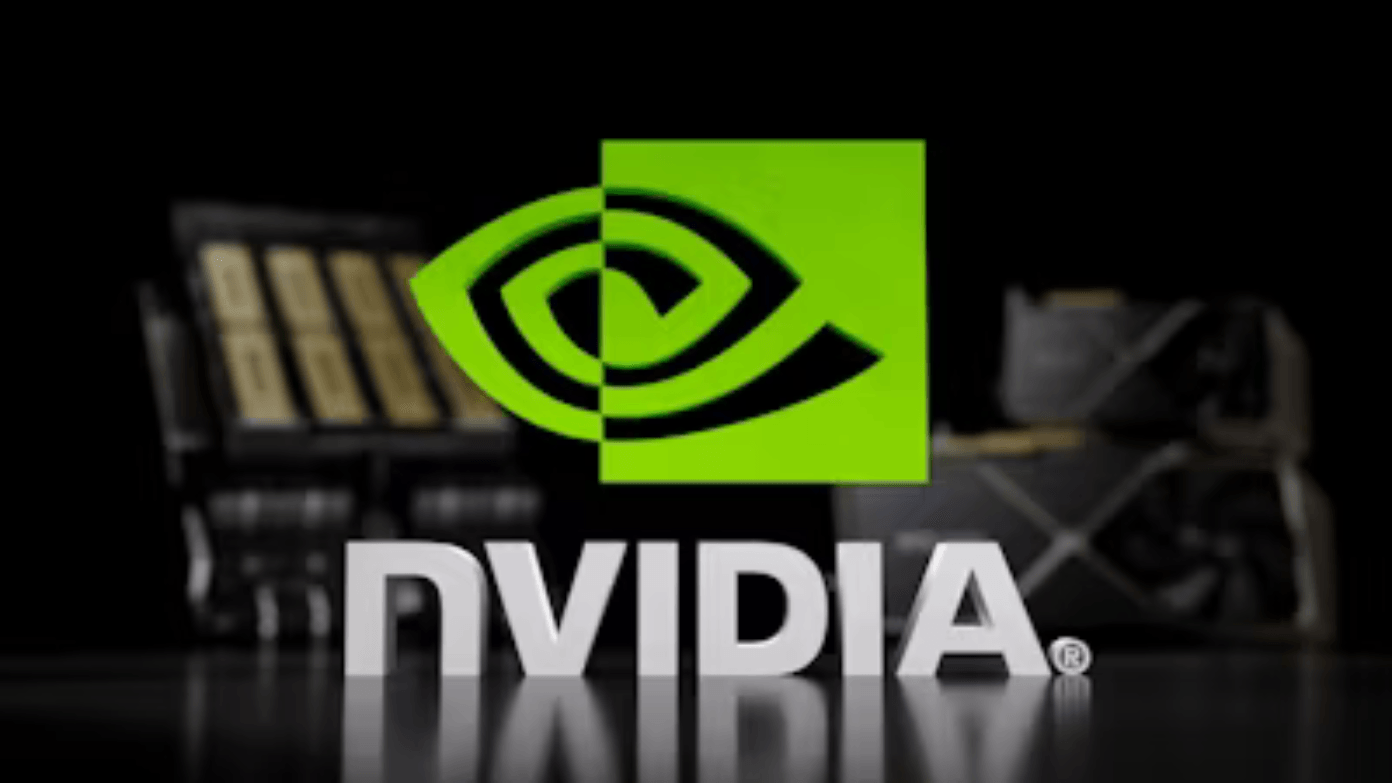Nvidia Corp. reported a better-than-expected fiscal first quarter, fueled by relentless demand for its chips used in artificial intelligence. At the same time, the Silicon Valley giant warned that an $8 billion revenue deficit in this quarter would be sparked by strengthened U.S. export controls of sales of high-end semiconductors to China. This two-sided story of tech success and geopolitics headwind encapsulates the multifaceted background that rules the global market for AI hardware.
Q1 earnings: Resilient expansion in spite of regulation tailwind
Nvidia’s first-quarter revenue was $44.06 billion, more than analysts anticipated at $43.31 billion. Adjusted earnings per share were $0.96, more than the $0.93 anticipated. Its data center segment, its largest revenue-generating segment, increased 73% year over year to $39.1 billion, though short of the estimated $39.36 billion. Gaming revenue was also strong, increasing by 42% year over year against widespread market weakness.
This showcase exemplifies the dominance of Nvidia’s AI infrastructure due to governments and businesses globally rushing to adopt generative AI technologies. But the numbers were tempered by a $4.5 billion impairment cost due to U.S. export bans on H20 chips to China. At first set to incur a $5.5 billion price tag, Nvidia mitigated losses by transferring portions from unsold inventories.
The H20 chip ban: Strategic and financial implications
The April 2025 export license requirement by the U.S. Commerce Department for exporting H20 to China has weakened Nvidia’s largest market access. The H20, a diluted version of Nvidia’s top-of-the-line H100 GPU, had been designed to fit within earlier export controls but was subjected to new scrutiny due to concerns it would drive Chinese supercomputer development.
CFO Colette Kress announced the limitations will lower Q2 income by $8 billion, compelling the company to provide prudent guidance of $45 billion (±2%), short of the $45.66 billion forecast. CEO Jensen Huang added a measure of irony to U.S. policy with the observation, “The assumption that China can’t make AI chips was always dubious—now it’s clearly wrong.” With a $50 billion market effectively closed in China, Nvidia is increasingly under pressure to widen its geographic footprint.
Market reaction and strategic
Prior to this, the company was still reeling from the China debacle, its shares having climbed 2% in after-hours trading as investors expressed confidence in the long-term AI dominance of Nvidia. As analysts note:
“While the China faux pas remains a problem, persistent U.S. hyperscalers’ demand from Microsoft and Google still surpasses supply. The rollout next month of Nvidia’s Blackwell platform—a next-generational AI architecture—will further cement its tech dominance.”
While the ban on chip exports to China has spurred local chip development in the country, startups such as DeepSeek have already seen competitive AI models sporting H20 chips, and internet behemoths Alibaba and Tencent have ordered $16 billion’s worth of H20 as of earlier this year. This is a reflection of the danger of American policies driving Chinese semiconductor autonomy inadvertently.
Navigating a fragmented global market
Nvidia’s predicament exemplifies the broader clash between technological innovation and national security priorities. The company now faces a delicate balancing act: maintaining compliance with evolving U.S. export controls while competing in a market where Chinese firms are rapidly developing alternatives like Huawei’s Ascend chips.
Huang’s recent trip to Beijing—a good-will call to reassure Chinese partners—underscored the strategic value of the market. With the H20 license requirement now open-ended, however, Nvidia has no choice but to pivot its attention to less geopolitically complex markets such as India and Southeast Asia, and double down on research and development of next-gen chips that comply with the United States.
Read more: How young is too young to start saving for retirement? These kids are growing their pensions from the time they are six years old
Read more: Urgent notice for Social Security recipients with student loans – These are the Americans who will lose up to 15% of their payments in…

